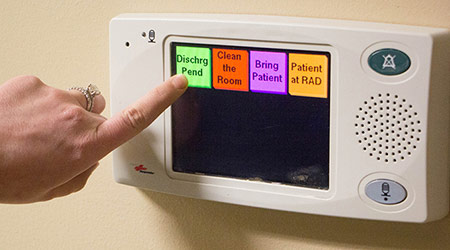
Three Strategies for Zero Energy Buildings
March 21, 2018
Many assume that zero energy buildings must include the latest and greatest technological advances. While in most cases, state-of-the-art technology certainly can help, it’s also true that building systems and strategies in widespread use today are often enough, when used smartly and efficiently, to get to zero energy building. The number of zero energy buildings is growing rapidly, and it’s because of several factors: increased expertise, better use of existing technologies, and new technologies that help save energy.
Cathy Higgins, research director at the New Buildings Institute, describes this idea this way: “Emerging technology may not to be new. It may just be adopted now in new ways.” She gives three examples of these technologies used in zero energy buildings.
1) Building envelope — To get to zero energy, controlling thermal loads is a must. You need a very strong building envelope, says Higgins. This means shading and glazing technology, as two examples.
2) Ventilation – Higgins recommends that designers and engineers develop systems that separate ventilation from thermal comfort, which reduces HVAC energy. She says zero energy buildings must rely on high-efficiency outside air systems.
3) Mechanical systems – Higgins says zero energy buildings should consider heat pumps, which are, of course, not a new technology. But they’re “emerging” in the sense that they’re being used more frequently, especially on efficient buildings.
A fourth category of course is plug loads – the proportion of plug loads in ultra-efficient buildings can be as high as 50 percent. And plug load reductions are more about operational and behavioral changes than they are about fancy technology.
This Quick Read was submitted by Greg Zimmerman, executive editor, Building Operating Management. Read his cover story profiling Northwestern University’s vice president of facilities management, John D’Angelo.
Next
Read next on FacilitiesNet












